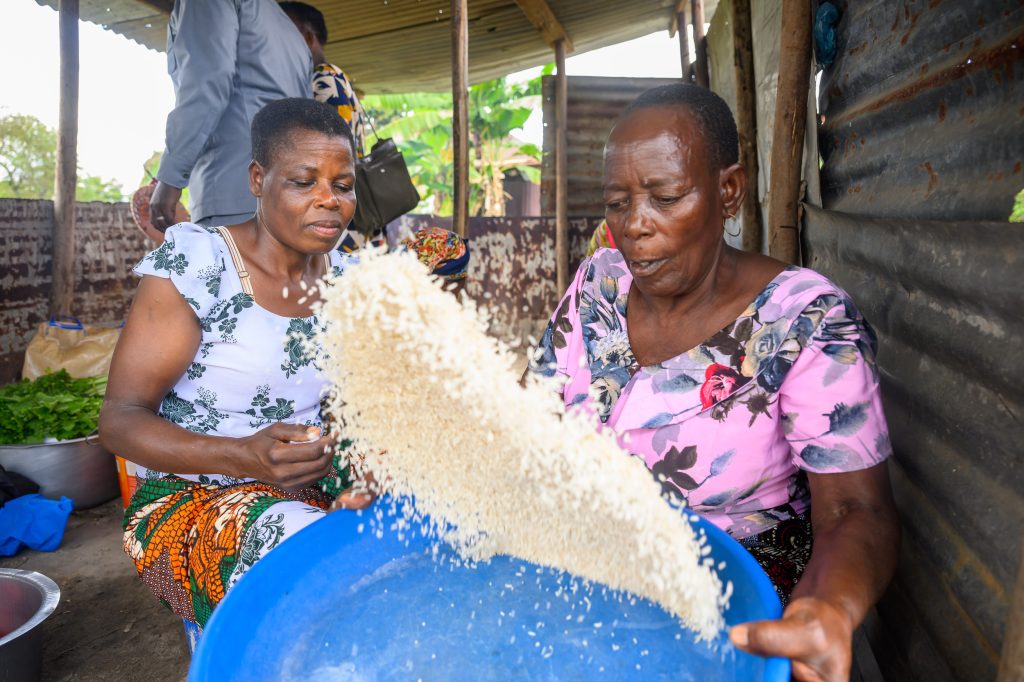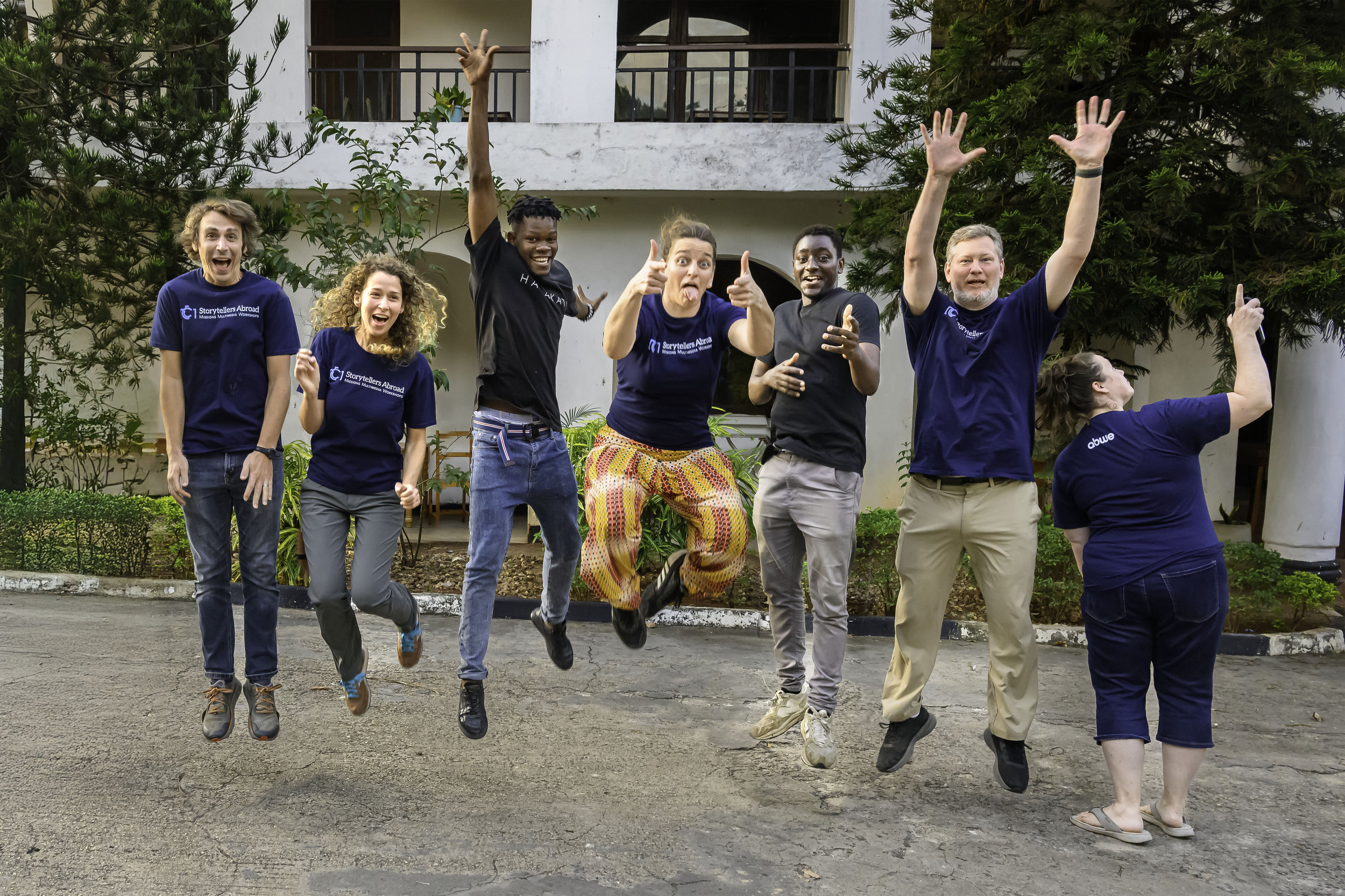It’s hard to believe that ten years have passed since our first Storytellers Abroad workshop in Lisbon, Portugal. This week, we find ourselves in Dar es Salaam, Tanzania, reflecting on how far we’ve come—and how much we continue to learn with each new workshop.
One of the biggest takeaways from our journey is the importance of continuous improvement. We tweak our process with each workshop based on the lessons learned from the previous one. And this year, we’ve seen the most significant evolution yet.
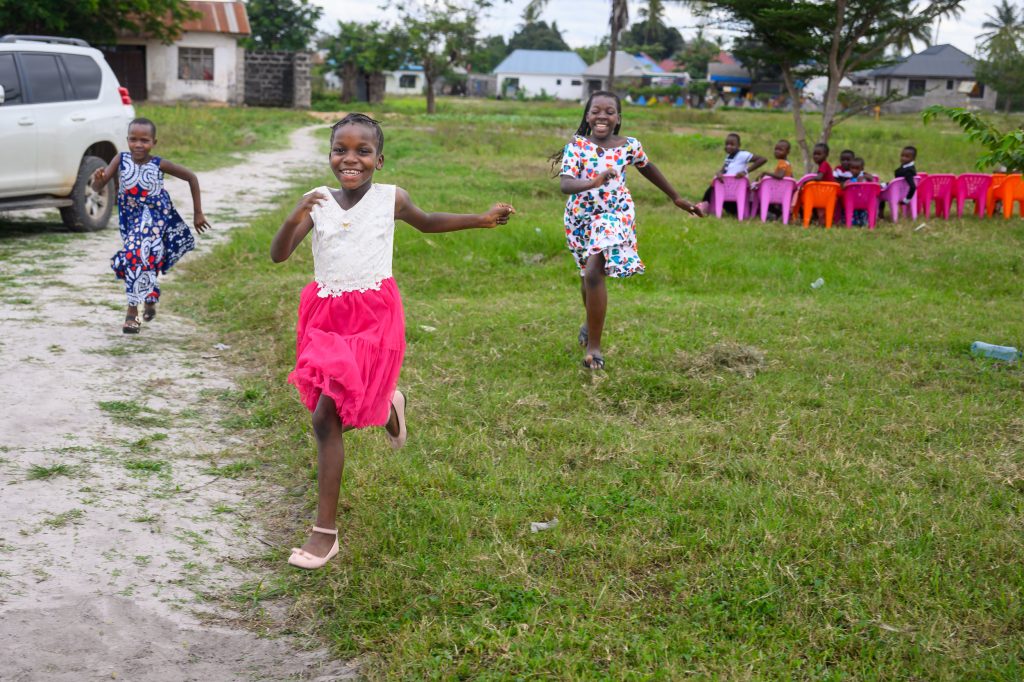
The Power of Preparation: Crafting Story Outlines Early
For the first time, we arrived in Tanzania with a story outline prepared for each storyteller. Having these outlines ahead of time transformed the storytelling process. Before even hitting record, the storyteller, their coach, and the missionary sat down with the story’s subject—one of the local nationals—to connect with them. This wasn’t just about gathering facts and understanding the story’s heart.
After spending two hours building this relationship and getting familiar with the narrative, we scheduled the formal interview for the following day—the depth of connection from that initial meeting allowed for a more authentic and meaningful interview.
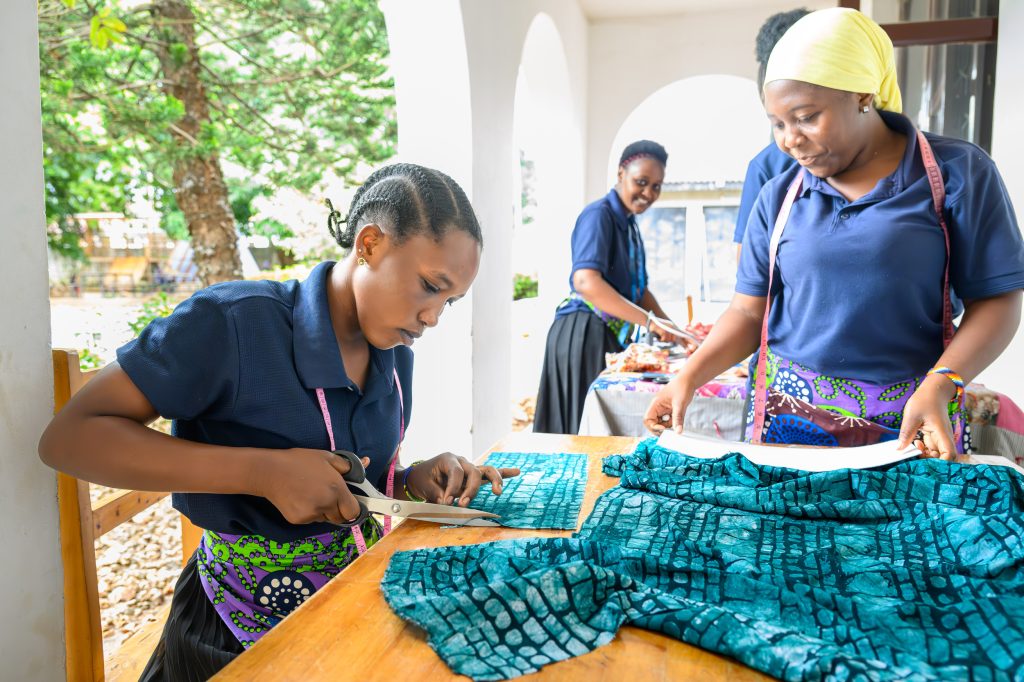
Bridging Language Gaps: Capturing Authenticity in Translation
Conducting the interviews in Swahili, with missionaries serving as translators, we faced the challenge of ensuring that the essence of the story essence of the story wasn’t lost in translation. In previous workshops, we struggled with software that provided word-for-word transliterations rather than capturing the true meaning behind the words.
This time, we used ChatGPT to translate the Swahili captions into English—and the results were astounding. For the first time, we achieved a translation that didn’t just deliver words but conveyed the heart of the message. The difference between a mere translation and an understanding of intent was pivotal.
Of course, we didn’t stop there. A professional translator reviewed the captions, ironing out minor hiccups, such as stutters or non-verbal sounds.
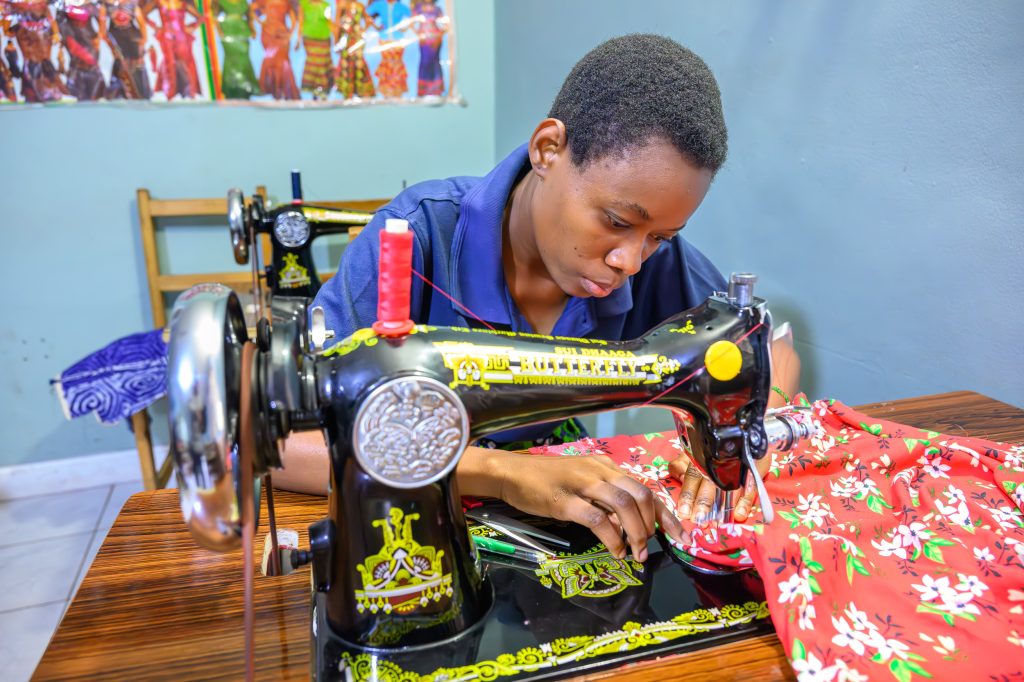
Connecting the Audience: Building Bridges Through Storytelling
With the translated interview in hand, we collaborated with the ABWE organization’s editor to ensure that the final story resonated with our intended audience: U.S. church communities. It was crucial to create a narrative thread that linked the missionaries’ work with the nationals’ experiences in a way that would inspire and engage the viewers back home.
Coaching and Crafting the Visuals
Each storyteller worked closely with a coach throughout the workshop, from story inception to the final edit. Now that the stories were captured, the focus shifted to visual storytelling—creating a shot list for B-roll footage. This supporting imagery adds another layer to the story, helping to immerse the audience and visually convey narrative aspects that words alone cannot.
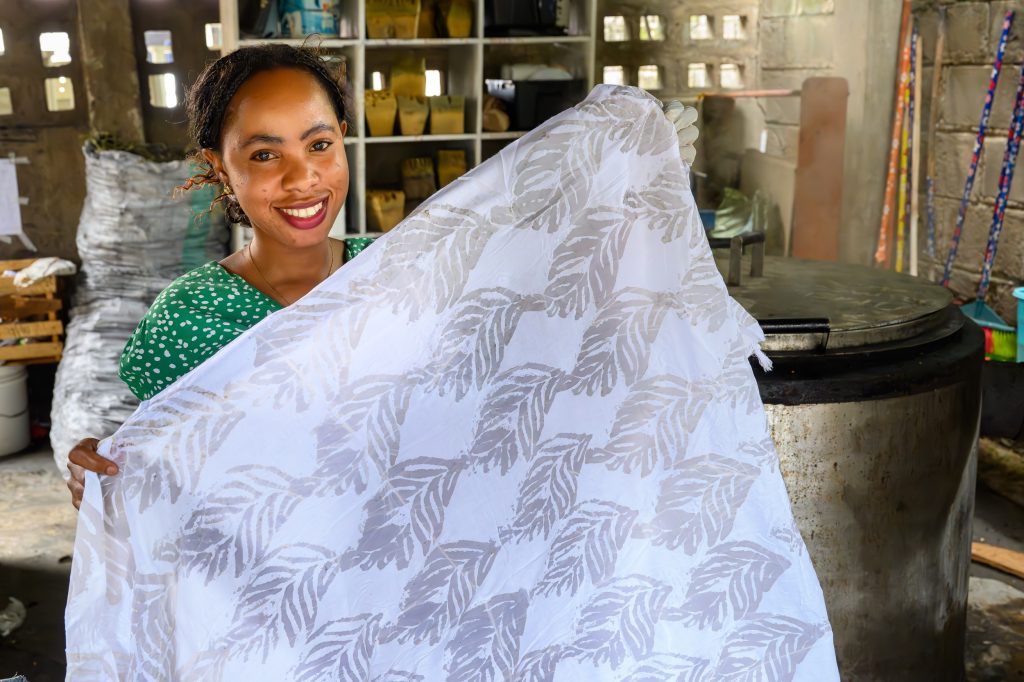
Editing on the Ground: Bringing It All Together
We spent the afternoons and full days immersed in Adobe Premiere Pro, editing the stories while still in Tanzania. After an initial round of edits, we will share the videos with the class for feedback. Once any adjustments are made, we will present the final versions to the community.
A Breakthrough Moment
This year, more than ever before, everything flowed. Having clear storylines before filming allowed us to focus on capturing the visuals and creating an emotionally resonant experience for the audience. The clarity and preparation made the entire workshop smoother and more fulfilling than any other.
There’s such joy in witnessing how the power of visual storytelling continues to grow, evolve, and connect people from different walks of life. Here’s to the next ten years of stories yet to be told!
